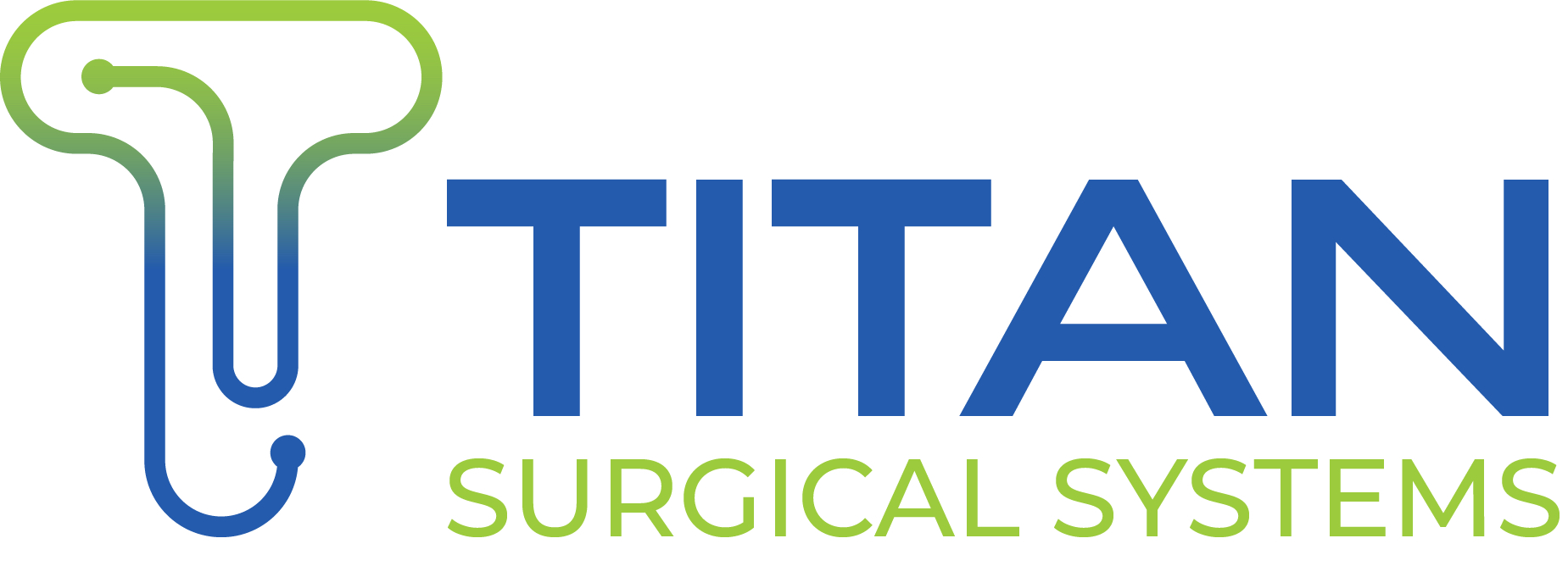Prosthetically Driven Surgery
Prosthetically driven surgery, especially when enhanced by advanced systems like Precision Smile Technology, offers a range of features that significantly improve the implant placement process and outcomes:
Advanced Imaging and Planning
3D Imaging: Utilizes CT scans and facial scans to create detailed 3D models of the patient's jawbone and teeth
Computer-Aided Design (CAD)
Employs sophisticated software to plan implant positions based on the ideal final prosthesis.
Precision Smile Stackable Guides
Custom-made surgical instruments designed for each patient's unique anatomy.
Multi-Implant Placement: Allows for simultaneous placement of multiple implants in an arch.
Precise Positioning: Guides designate exact location, depth, and angulation for each implant.
Guided Bone Reduction
Secured Bone Reduction: Ensures appropriate reduction to accommodate the prosthesis.
Predictable Outcomes: Minimizes risks associated with insufficient bone reduction.
Enhanced Surgical Precision
Minimally Invasive: Precision guides can lead to less invasive procedures.
Reduced Risk: Minimizes the risk of nerve damage during implant placement.
Efficient Workflow
Streamlined Process: Reduces chair time for patients and improves overall efficiency.
Single Sequence Placement: Allows for placement of multiple implants in one surgical sequence.
Improved Temporization
Accurate Secured Temporization: Ensures precise positioning of temporary prostheses.
Consistent Outcomes: Improves the predictability of temporary appliance placement and fit.
Versatile Application
Adaptable System: Suitable for various scenarios including single implants, full-arch restorations, and complex cases.
Customizable Approach: Tailored to each patient's unique anatomical and prosthetic requirements.
Transfer of Information
Comprehensive Data Transfer: Provides a method for transferring all surgical and restorative information to the final restorative phase.
Enhanced Visibility and Access
Floating Metal Guide Technology: Offers greater site visibility and full irrigation.
Minimal Lingual Flapping: Improves access while minimizing tissue disruption.
Prosthetic-Driven Approach
Pre-Engineered Smiles: Ensures surgical and prosthetic accuracy for predictable aesthetic outcomes.
Optimal Support and Stability: Implants are placed in positions that best support the final prosthesis. These features collectively contribute to more predictable, efficient, and successful implant surgeries, ultimately leading to improved patient outcomes and satisfaction. The prosthetically driven approach, enhanced by technologies like the Precision Smile System, represents a significant advancement in the field of dental implantology.
Prosthetically driven surgery, especially when enhanced by advanced systems like Precision Smile Technology, offers a range of features that significantly improve the implant placement process and outcomes:
Advanced Imaging and Planning
3D Imaging: Utilizes CT scans and facial scans to create detailed 3D models of the patient's jawbone and teeth
Computer-Aided Design (CAD)
Employs sophisticated software to plan implant positions based on the ideal final prosthesis.
Precision Smile Stackable Guides
Custom-made surgical instruments designed for each patient's unique anatomy.
Multi-Implant Placement: Allows for simultaneous placement of multiple implants in an arch.
Precise Positioning: Guides designate exact location, depth, and angulation for each implant.
Guided Bone Reduction
Secured Bone Reduction: Ensures appropriate reduction to accommodate the prosthesis.
Predictable Outcomes: Minimizes risks associated with insufficient bone reduction.
Enhanced Surgical Precision
Minimally Invasive: Precision guides can lead to less invasive procedures.
Reduced Risk: Minimizes the risk of nerve damage during implant placement.
Efficient Workflow
Streamlined Process: Reduces chair time for patients and improves overall efficiency.
Single Sequence Placement: Allows for placement of multiple implants in one surgical sequence.
Improved Temporization
Accurate Secured Temporization: Ensures precise positioning of temporary prostheses.
Consistent Outcomes: Improves the predictability of temporary appliance placement and fit.
Versatile Application
Adaptable System: Suitable for various scenarios including single implants, full-arch restorations, and complex cases.
Customizable Approach: Tailored to each patient's unique anatomical and prosthetic requirements.
Transfer of Information
Comprehensive Data Transfer: Provides a method for transferring all surgical and restorative information to the final restorative phase.
Enhanced Visibility and Access
Floating Metal Guide Technology: Offers greater site visibility and full irrigation.
Minimal Lingual Flapping: Improves access while minimizing tissue disruption.
Prosthetic-Driven Approach
Pre-Engineered Smiles: Ensures surgical and prosthetic accuracy for predictable aesthetic outcomes.
Optimal Support and Stability: Implants are placed in positions that best support the final prosthesis. These features collectively contribute to more predictable, efficient, and successful implant surgeries, ultimately leading to improved patient outcomes and satisfaction. The prosthetically driven approach, enhanced by technologies like the Precision Smile System, represents a significant advancement in the field of dental implantology.
